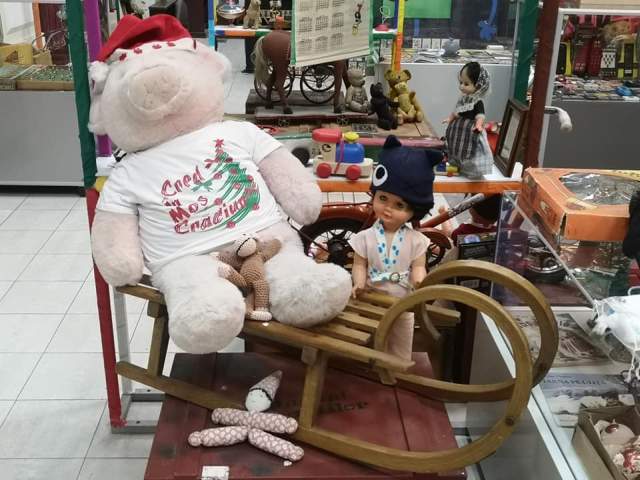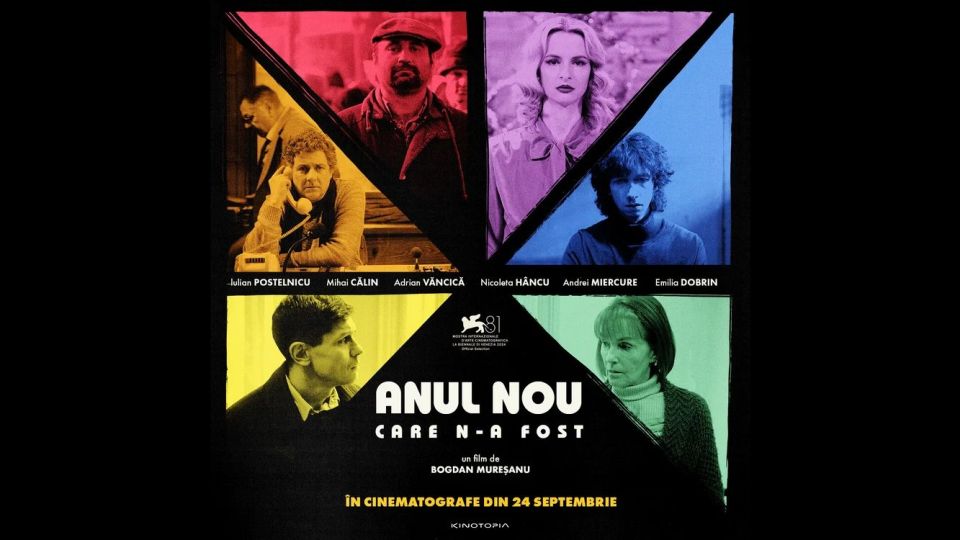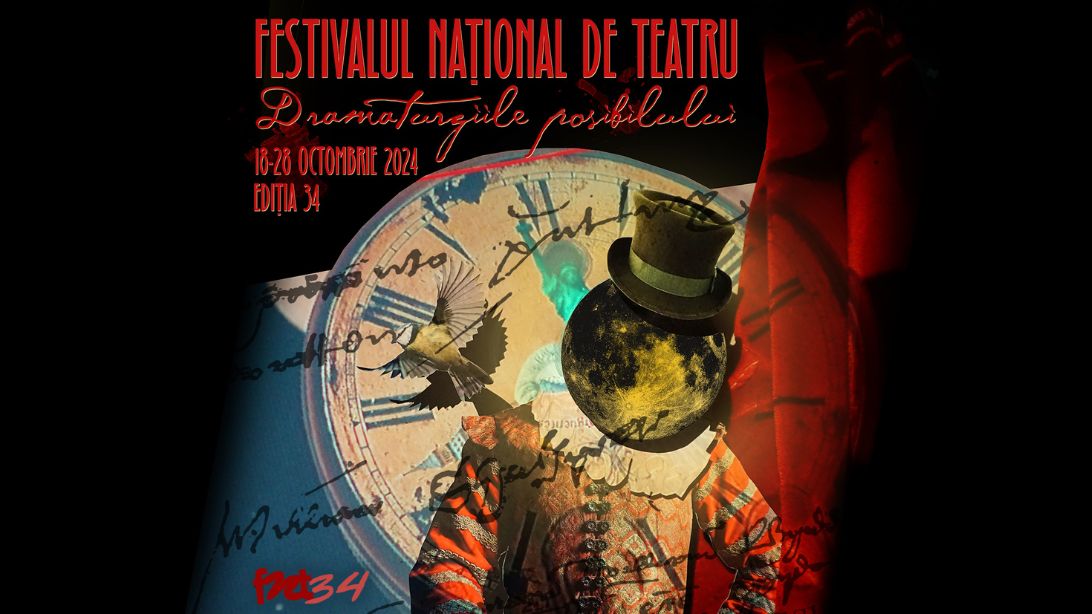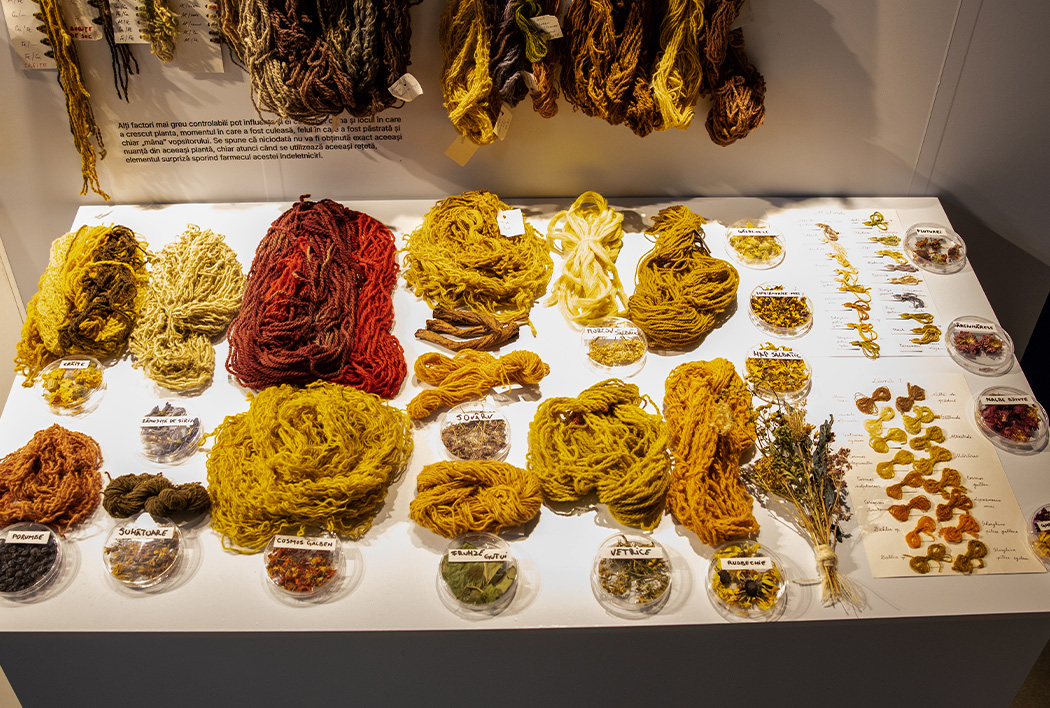The Toy Museum
The National History Museum in partnership with the Toy Museum Association has prepared a special temporary exhibition displaying games, objects, old childhood photos for the winter holidays

Ion Puican, 26.12.2020, 14:00
The National History Museum of Romania (MNIR), in partnership with the Toy Museum Association, has prepared for the winter holidays period a special temporary exhibition which displays games, objects, old childhood photos, things that used to bring joy and smiles in the life and soul of each and every child. Around the 1960s, Romania had eight factories that produced wooden or tin objects, childrens books and toys such as the famous Tehno-Metalica Cooperative in Bucharest, the Oradea Plastics Factory and the Aradeanca Factory in Arad. At the exhibition of the National History Museum of Romania visitors can travel back in time admiring thousands of exhibits made in those factories and not only.
Engineer Cristian Dumitru, the president of the Toy Museum Association told us more about the exhibition: “The exhibition is in full swing, it is developing and is being completed right here at the National History Museum. It is open as part of the museums regular program, at least until the end of the year people can definitely see this exhibition. The exhibition is based on my own collection, which I started in the 80s. Practically, in the 80s, all the boys, as far as I remember, used to collect something – from stamps to cars, to trains and planes. My brothers and I used to collect almost everything. Thus, we always had a large number of toys in the house, especially boys toys, a collection that we decided, back in the 80s, not only to keep, although we had grown, we were teenagers, but even to enrich it with other toys, from our friends or from bookstores. Gradually, at the end of the 80s we had a fairly large collection for that epoch. We were able to buy even more toys since the market was freer. We tried to collect toys from Romania, toys that brought happiness to many generations of kids. Nowadays, it is quite easy to buy old toys, there are so many facilities such as the Internet and online shopping, but all the toys in this exhibition are practically collected from fairs, from old house attics, from people who no longer need them, so this exhibition is a 100% mirror of the Romanian childhood of the past one hundred years. We had the first exhibitions organized 12 years ago and we were a little disappointed by the childrens reaction, because they could not resonate with such toys. Instead, we were quite delighted with the reaction of the parents or grandparents who saw their childhood toys. The most interesting thing to watch in an exhibition is the child-grandparent and child-parent interaction. The parent or grandparent describes or even shows the kid those childhood toys, and the kid understands that toys did not appear 10 years ago and that dolls were made even 100-150 years ago in about the same form. Kids thus come to understand that a jumping frog toy could be more than 100 years old.”
We continued to talk to engineer Cristian Dumitru about the much larger collection of the Toy Museum and about how it has been made over the years.
Cristian Dumitru: “As I have told you, the collection includes toys manufactured in Romania or that could be found in stores from Romania in the past 100 years. Probably the oldest toys date from around 1880-1890, at least those we were able to date, to find on the websites of those respective factories. Some are mechanical toys or even a small steam engine that became the engine for other toys in 1880, when it was manufactured. They are, perhaps, the first electric toys made between 1910-1920 or maybe the first remote control cars made in the 1960s and 1970s. There are many epochs and toys have evolved in the last one hundred years from a simple, static horse filled with straw 100 years ago, to the current toys that include many electronic components. Now it seems that the toy is playing with the kid and not viceversa, and it has many more options than the childs imagination. This may be good or bad, we will see what toys the next generations of kids will have, to realize how toys evolved. About 13 years ago, together with some friends, I even set up an association whose main purpose was to set up a toy museum, and based on this association, we started to have activities across the country. We have organized over 100 exhibitions in the last 12 years in collaboration with the big museums of Romania and we have practically analyzed, all these years, the reaction of the public, of both kids and adults, which was a very good reaction. We have enriched our collections with toys collected from all corners of Romania and the project is still going on. We have started making a catalog of Romanian toys based on my own collections. Unfortunately, the catalogue is a bit delayed due to the pandemic. If in 2019 we had more than 20 exhibitions, this year we have done probably half, and we are still looking for our own location where to showcase the wonderful collection. Because the collection is very large, even if more than 3000 toys, objects and games related to Romanian childhood are exhibited here. The collection includes many more objects, which are now packed and which used to be displayed in travelling exhibitions. We have an exhibition devoted to the old school, which includes thousands of objects, school supplies, we have even school benches and uniforms. Another exhibition deals with boxes and sweets, candy boxes from Romania — I’m taking about over 500 objects, boxes of candies from Romania made between 1900-1980. It is a collection of childrens picture books, comics books. The toy collection was enriched every year with a collection of images of the Romanian childhood. They are representative images of the Romanian childhood from 1900, 1920, up until the 1980s.” (tr. L. Simion)






























